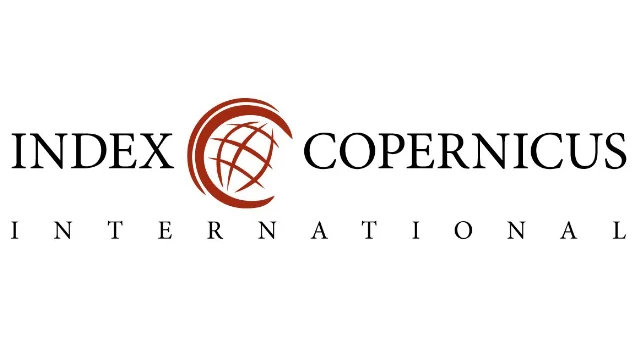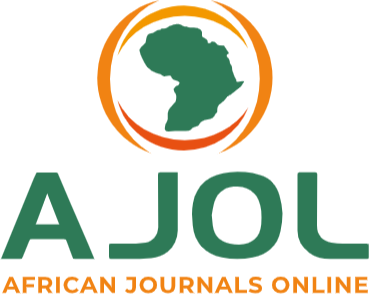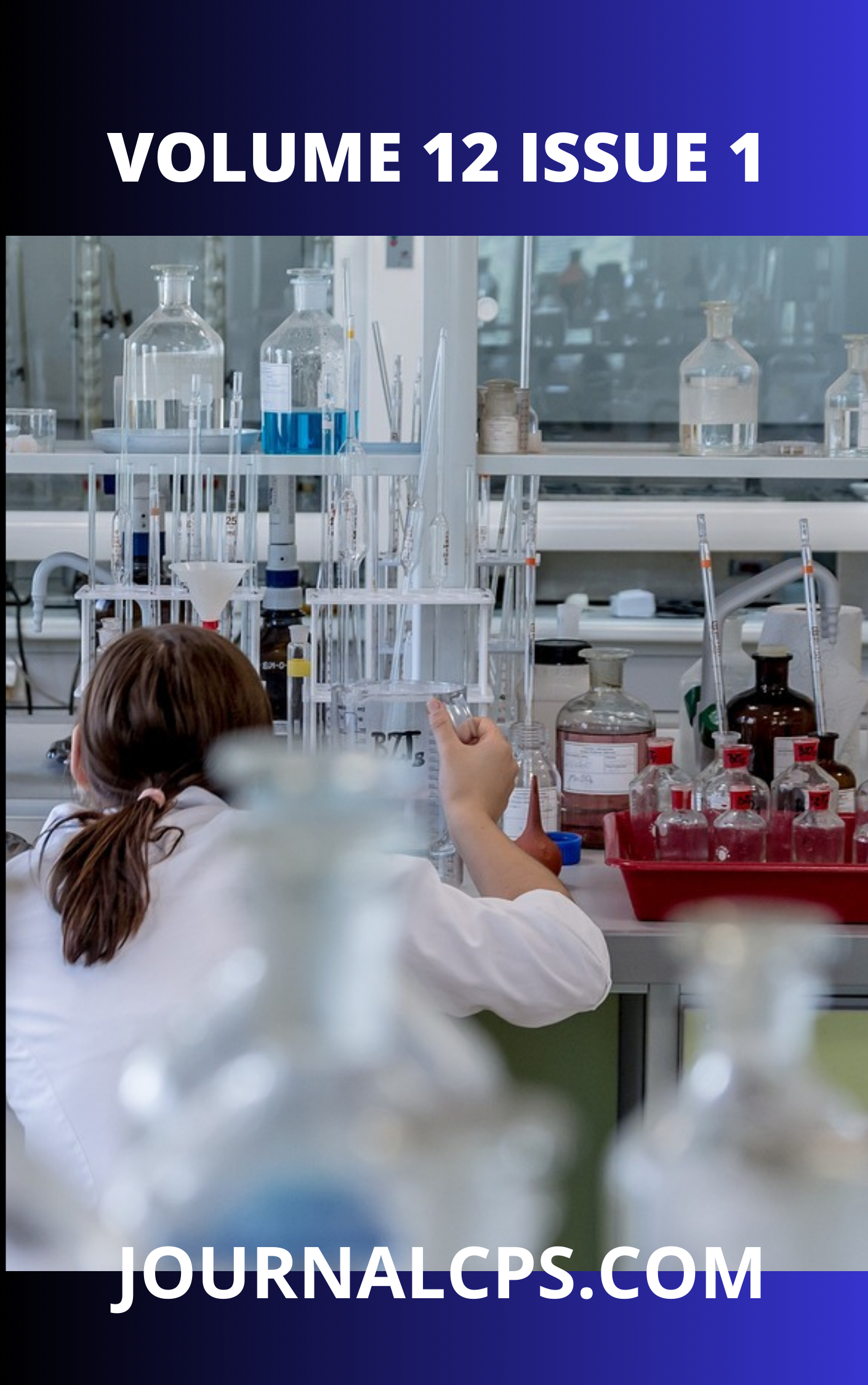Environmental and Public Health Challenges of Phases Towards Cement Production, Remediation Monitoring and Evaluation Strategies
Abstract
Communication in Physical Sciences, 2024, 12(1): 103-119
Authors: Mu’awiya Baba Aminu, Hareyani Zabidi, Juliet Ngozi Chijioke-Churuba, Saleh Mamman Abdullahi, Kolapo Fasina, Aliyu Abubakar , Muhammad Nurudeen Mashin, Abdulmalik Nana Fatima, Bertha Onyenachi Akagbue, Olusola Kolawole Ogunmilua
Received: 21 October 2024/ Accepted 18 November 2024
Cement production plays a pivotal role in global construction, contributing
significantly to economic development. However, the industry is also a major source of environmental pollution, responsible for approximately 8% of global CO₂ emissions, alongside substantial impacts on air quality,
water resources, and biodiversity. This review examines the environmental impacts of cement production across three key phases: construction, operational, and postoperational. The construction phase is marked
by land degradation, habitat destruction, and dust emissions, while the operational phase results in issues such as high CO₂ emissions,
water contamination, solid waste generation, and high energy consumption. In the postoperational phase, issues related to biodiversity restoration and land reclamation persist. This review explores current strategies and technological innovations aimed at mitigating these impacts, such as carbon capture utilization and storage (CCUS), lowcarbon cement alternatives, energy-efficient kilns, and the use of waste materials in production. Furthermore, the integration of circular economy principles and the adoption of digital monitoring systems are highlighted as promising solutions for reducing the
environmental footprint of cement production.
This review also underscores the need for sustainable practices and collaboration among stakeholders to address the environmental and public health challenges posed by the cement industry. The authors recommend the scaling up of innovative technologies, improved resource management, and stricter regulatory frameworks to achieve a more sustainable cement industry.
Downloads
Published
Issue
Section
Most read articles by the same author(s)
- Bertha Onyenachi Akagbue, Mark Ndako Ibrahim, Oseigbovo Favour Ofure, Oluwaiye Unity Ekugbe, Onah Kyrian, Chibuzor Titus Amaobichukwu, Mu’awiya Baba Aminu, Pam Dajack Dung, Suleiman Isa Babale, Sadiq Mohammed Salisu, Comprehensive Assessment and Remediation Strategies for Air Pollution: Current Trends and Future Prospects; A Case Study in Bompai Industrial Area, Kano State, Nigeria. , Communication In Physical Sciences: Vol. 10 No. 1 (2023): VOLUME 10 ISSUE 1
- Bertha Onyenachi Akagbue Akagbue, Mu’awiya Baba Aminu , Effect of Na-22, Cl-36, 3-H, and P-32 Exposure on Laboratory Clinical Researchers , Communication In Physical Sciences: Vol. 9 No. 4 (2023): VOLUME 9 ISSUE 4
- Ajogwu Cordelia Odinaka, Mu’awiya Baba Aminu, Christopher Dalom, Aaron Enechojo Auduson, Andarawus Yohanna, Frankie Ojo Balogun, Nengak Musa, Ibrahim Yusuf Anzaku,, Pam Dajack Dung, Andrew Changde. Nanfa, Okiyi, Ijeoma Millicent, Tolulope Idiat Ogunsanya, Petrographic Studies of Migmatite-Gneiss, Quartzites and Pegmatites Complex in Crusher Area of Lokoja, Kogi State, Nigeria , Communication In Physical Sciences: Vol. 10 No. 1 (2023): VOLUME 10 ISSUE 1




